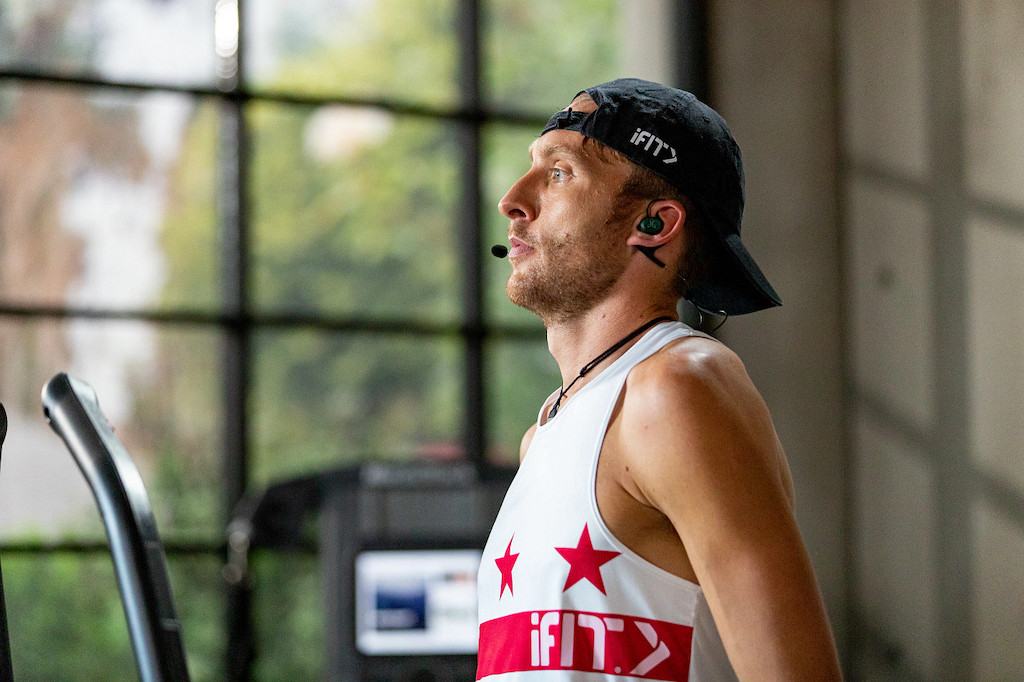Breathing properly during exercise helps to improve performance while avoiding injuries and increasing the benefits of physical activity. Thanks to a few simple breathing exercises, relearn how to breathe during exertion, whatever your practice or your goals.
Work On Your Breathing For Better Performance

Breathing and sport are two closely related concepts:
- Breathing plays an essential role in the oxygenation of the body and muscles: when breathing in, the air reaches the pulmonary alveoli, where oxygen passes into the blood capillaries. The oxygen is transported to the muscles by the blood where it is used to convert glucose into energy. The CO2 emitted during energy production is expelled on exhalation.
- The longer or more intense the effort, the greater the oxygen requirement, which explains the shortness of breath experienced during heavy physical activity.
- Through sport and physical activity, you can improve your respiratory and cardiac capacities, especially endurance work at 60 or 70% of your maximum heart rate. This develops a VO2 max, which is the maximum amount of oxygen that the body can absorb per minute.
Proper breathing helps to avoid certain pitfalls:
- By managing your breathing optimally, you will be able to make a more sustained effort for a long time without getting out of breath.
- Although its origins are poorly determined, the famous side stitch, which results in pain on one side of the abdomen during effort, can be avoided by breathing well.
- Lack of oxygen contributes to the production of lactic acid, which can stiffen the muscles, leading to less precise movements and the appearance of aches and pains.
How to Breathe Properly During Exercise

By concentrating on the different stages of breathing, you can easily breathe better during your workout and improve your performance. The techniques to adopt depend, in particular, on the type of effort to be made. Here are some tips to understand the main principles of breathing during exercise:
- Practising abdominal breathing produces better results than chest breathing: breathe deeply, letting the belly inflate naturally when breathing in. Some athletes reverse this movement: yoga or breathing exercises are a great help to correct this if you are concerned!
- Be careful not to cut off your breathing, a tendency often observed when lifting a weight or intense effort. At a very high level, some athletes practise conscious stops of breathing at the moment of maximum tension in order to stabilise the muscles, especially in weightlifting, but this technique is reserved for very specific cases, with the supervision of a coach.
- When doing muscle strengthening exercises, breathe out while the muscles are under tension and breathe in as you release them.
- During an endurance sport, breathing should be slow, deep and regular, without necessarily being perfectly coordinated with your movements. Trust yourself! You will find the right rhythm with a little practice.
- During a sprint or a sustained effort, it is natural for your breathing to accelerate. It will return to a normal rhythm sometimes only a few minutes after stopping the activity.
3 Breathing Exercises to Increase Lung Capacity

To optimise your breathing during physical activity, here are 3 simple exercises:
- Adopt abdominal breathing through conscious belly breathing: sitting upright or lying down, breathe in deeply through the nostrils, one hand on the belly. You should feel it inflate. As you exhale, it deepens until all the air in your lungs is expelled. The first few times, don’t hesitate to force the movement a little by hollowing your belly as you exhale. Exhale through your mouth. In theory, exhalation is about twice as long as inhalation.
- Recover from intense effort with explosive breathing: measure your resting heart rate (HR), with a device or by counting the number of beats your heart makes at rest for one minute. Wait 10 seconds, then perform an intense exercise such as burpees, skipping rope or sprint for one minute by timing yourself. As soon as the effort is over, reset your stopwatch and start it again. Record the time spent when it seems that your heart has returned to its normal rhythm (or better, when you see that your resting heart rate has been reached). Repeat the process, contracting the diaphragm voluntarily when you exhale, i.e. by blowing hard. This technique, called explosive breathing, speeds up the recovery time of the breath after the effort.
- Practise conscious breathing during exercise: during an endurance session, exhale in 3 stages, pronouncing the “S” sound each time. Inhaling, which is faster, is done in 2 steps through the nose. Don’t hesitate to count these 5 beats in your head to train.
Check out our Health & Fitness page for more advice.
